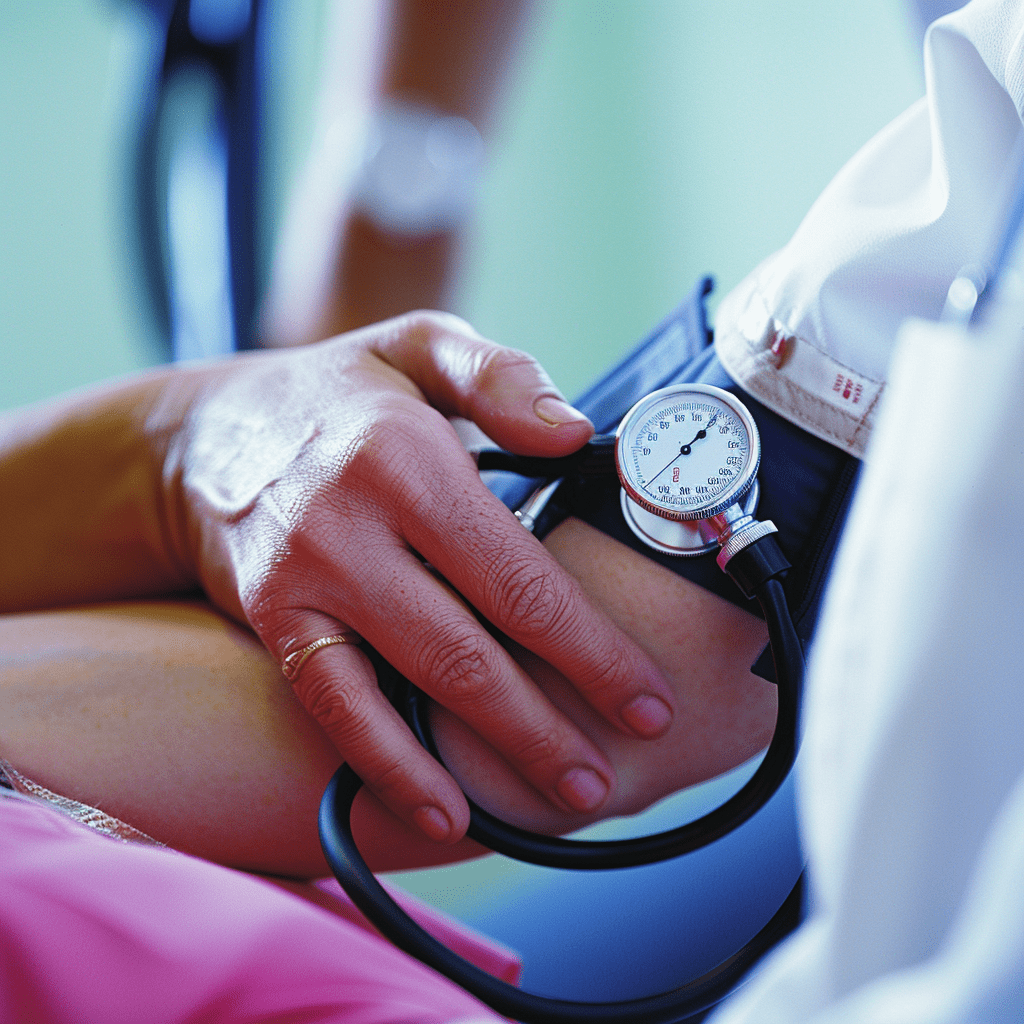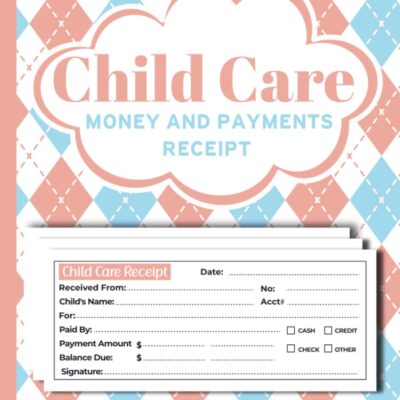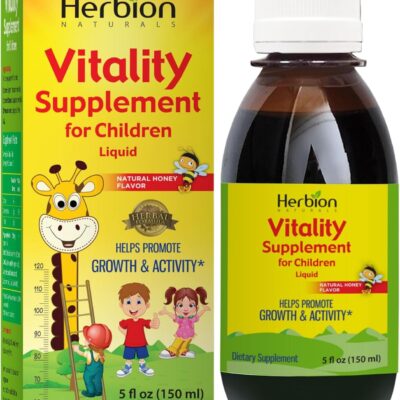Lower diastolic blood pressure is important for heart health, so let’s examine it and learn how to keep it in check.

Lower diastolic blood pressure if you’re likely concerned about your blood pressure or someone you care about. Either way, you’re in the right place. Today, we’re diving into the nitty-gritty of diastolic blood pressure – that lower number in your blood pressure reading.
Understanding Diastolic Blood Pressure
Lower diastolic blood pressure is the first thing. Let’s talk about what diastolic blood pressure is. Do you know how your blood pressure reading has two numbers? The top one is systolic, and the bottom one is diastolic. Diastolic is a way to measure the pressure in your vessels when your heart is not beating. This number should be between 60 and 80 mm Hg if possible. If it stays high over time, it’s called diastolic hypertension, and it can be very bad for your health issues like heart disease and strokes. Scary stuff, right? But don’t worry; we’re here to help you manage it.
Causes of High Diastolic Blood Pressure
So, what can cause high diastolic blood pressure? There are a few usual suspects:
1. Lifestyle Factors
Diet: If you’re munching on many salty snacks, fatty foods, and processed goodies, it’s time to rethink your choices.
Physical Inactivity: Couch potato syndrome, or If you don’t work out enough, you can gain weight and higher blood pressure.
Stress: Yep, stress can spike blood pressure, and if it’s chronic, it can have long-term effects.
2. Genetic Predisposition
Family History: If hypertension runs in your family, you might be more prone to it. Thanks, genetics!
3. Medical Conditions
Hypertension: Chronic high blood pressure often means high diastolic readings, too.
Diabetes: If your diabetes isn’t well managed, it can lead to higher blood pressure.
Kidney Disease: When your kidneys aren’t working correctly, it can cause fluid and sodium retention, which boosts your blood pressure.
4. Medications: Certain meds, like some antidepressants, birth control pills, and decongestants, can also raise your blood pressure. It’s always good to double-check with your doctor.
Lifestyle Changes to Lower Diastolic Blood Pressure
Okay, let’s get to the good stuff – how to lower that diastolic number. A lot of it comes down to tweaking your lifestyle. Here are some tips that can make a big difference:
1. Diet and Nutrition
Balanced Diet: Start filling your plate with fruits, veggies, whole grains, and lean proteins. These foods are full of good things for you, like potassium, magnesium, and fiber that are super good for your heart.
2. Foods to Include:
- Fruits and Vegetables: Go for leafy greens, berries, and citrus fruits. They’re loaded with potassium and antioxidants.
- Whole Grains: Think oatmeal, brown rice, and whole wheat bread. They’re high in fiber, which helps lower blood pressure.
- Lean Proteins: Chicken, fish, beans, and legumes are your friends here.
Reducing Sodium Intake: Salt is a big culprit in having high blood pressure. Try to eat not more than 2,300 mg of salt each day a day. Check those food labels, cook at home more often, and avoid processed foods.
Limiting Caffeine and Alcohol: Too much caffeine and alcohol can also raise your blood pressure. Moderation is key – think one drink a day for women and two for men, and keep your coffee intake reasonable.
3. Physical Activity
Exercise is a game-changer for blood pressure. It helps your heart pump more efficiently, which means less pressure on your arteries.
Recommended Exercises:
- Aerobic Activities: Walking, jogging, swimming, and cycling are all great choices.
- Strength training means doing resistance workouts or lifting weights a few times a week can help, too.
- Yoga: Yoga and tai chi can reduce stress and improve overall fitness.
Incorporating Exercise into Daily Routine: Aim to do 150 minutes of moderate-intensity aerobics every week plus some muscle-strengthening activities on two or more days. Even simple changes like taking the stairs, walking during lunch breaks, or doing some gardening can add up.
Signs and Symptoms
- Severe Headaches: Persistent or severe headaches could mean dangerously high blood pressure.
- Shortness of Breath: If you’re having trouble breathing, it could be a sign of heart or lung issues related to high blood pressure.
- Chest Agony: Assuming you experience chest torment, look for immediate medical attention.
- Medical Help Right Away: If you spot any of Medical Help Right Away: If you spot any of these symptoms, don’t wait. Get medical help right away. Regular check-ups and prompt treatment can prevent complications and improve your health.
Stress Management
Chronic stress isn’t just bad for your mood – it can also mess with your blood pressure. Here are some ways to keep stress in check:
1. Techniques for Reducing Stress:
- Meditation and Deep Breathing: These can help calm your mind and reduce stress hormones.
- Hobbies: Find something you love and make time for it. Some things that can help you relax are painting, playing an instrument, or gardening.
- Consistently, rest for something like 7 to 9 hours. For your wellbeing and prosperity, it is vital to get sufficient rest well-being.
- Medical Interventions: Sometimes, lifestyle changes might not be enough, and that’s okay. There are medical options to help you manage your blood pressure, too.
2. Medications
Common Medications:
- Diuretics: These help your body get rid of extra sodium and water.
- ACE Inhibitors: They relax your blood vessels by obstructing the development of a chemical that limits them.
- Blockers for calcium channels stop calcium from getting into the heart and artery cells, which helps blood vessels relax.
Following Doctor’s Prescriptions: Always take your meds as prescribed by your healthcare provider. It’s crucial to have regular check-ups and follow-ups to make sure everything’s working as it should.
Regular Monitoring
Keeping an eye on your blood pressure is super important. Here’s how to stay on top of it:
Monitoring at Home: Get a home blood pressure monitor and keep track of your readings. Note them down and discuss them with your doctor during visits.
Standard Check-ups: Visit your medical care supplier consistently for professional blood pressure checks and to discuss your treatment plan.
Normal Cures
Certain individuals find that normal cures can help, but always check with your doctor first.
Herbs and Supplements:
- Garlic: Known to help relax blood vessels.
- These are great for you and can be found in fish oil heart health.
- CoQ10: This antioxidant might help lower blood pressure.
- Caution with Supplements: Always consult your healthcare provider before starting new supplements, especially if you’re on medication.
When to Seek Medical Help
High diastolic blood pressure can lead to severe complications if left untreated. It’s important to know when to seek medical help.
Conclusion
Lower diastolic blood pressure keep your diastolic blood pressure in a healthy range is crucial for your overall cardiovascular health. By understanding what causes high diastolic blood pressure You can incredibly work on your wellbeing and lower your risk of by making some changes to the way you live serious complications. Regular monitoring and medical interventions are also crucial to managing blood pressure effectively.
Call to Action
Lower diastolic blood pressure you have questions or want to share your experiences? Comment below! Check out our other articles and resources for more tips on managing blood pressure and living a healthy lifestyle. Let’s work together towards better health and well-being.





